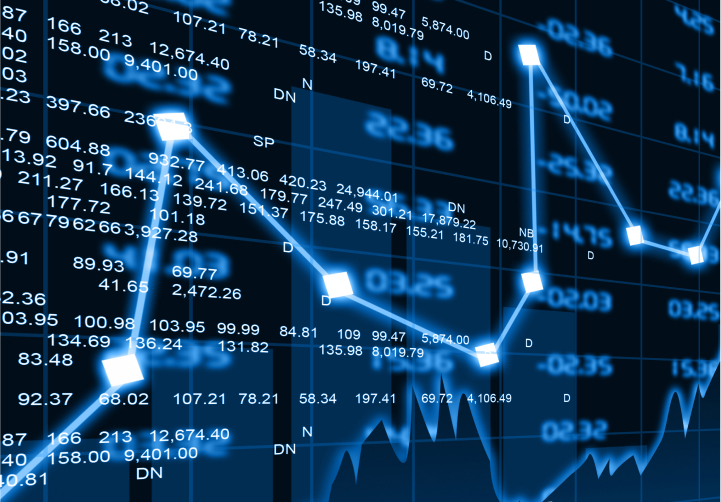Forex trading can be both exciting and profitable, but it requires a lot of knowledge, practice, and discipline. One of the main tools that traders use for analyzing the markets and making informed decisions is fundamental analysis. This type of analysis focuses on economic, political, and social factors that affect the value of currencies, and it can provide valuable insights into market trends and potential opportunities. In this article, we’ll explore the basics of fundamental analysis and how you can use it to maximize your profits in the forex markets.
1. Understanding the key drivers of currency values
Fundamental analysis starts with understanding the key drivers of currency values. These can include interest rates, inflation rates, economic growth, trade and current account balances, political stability, and other factors that affect the supply and demand of currencies. By keeping track of these indicators and how they are changing over time, traders can make predictions about currency movements and plan their trades accordingly.
2. Using economic calendars and news feeds
One of the most important tools for fundamental analysis is an economic calendar, which lists the key economic events and indicators that are scheduled to be released in the coming days and weeks. Traders can use this information to anticipate market reactions and adjust their positions accordingly. In addition, news feeds and social media can provide real-time updates on breaking news events that can impact currency values, such as political developments, natural disasters, or central bank policy statements.
3. Interpreting macroeconomic data
To make informed decisions based on fundamental analysis, traders need to be able to interpret macroeconomic data and understand how it relates to currency values. For example, if a country’s GDP growth rate is rising, this could be a sign of a strong economy and potentially higher interest rates, which could boost the value of its currency. Conversely, if a country’s inflation rate is increasing rapidly, this could lead to lower currency values.
4. Monitoring geopolitical risks
Another important aspect of fundamental analysis is monitoring geopolitical risks, such as international conflicts, trade disputes, and political instability. These events can have a significant impact on currency values, and traders need to be able to factor them into their trading strategies. For example, if tensions between two countries are escalating, this could lead to increased demand for safe-haven currencies like the US dollar and Japanese yen.
5. Combining fundamental and technical analysis
While fundamental analysis is a powerful tool for forex trading, it should not be used in isolation. Many traders also use technical analysis, which involves analyzing price charts and identifying patterns and trends. By combining both fundamental and technical analysis, traders can gain a more complete picture of market trends and make more informed trading decisions.
Conclusion:
Fundamental analysis is an essential tool for forex traders who want to maximize their profits and minimize their risks. By understanding the key drivers of currency values, using economic calendars and news feeds, interpreting macroeconomic data, monitoring geopolitical risks, and combining fundamental and technical analysis, traders can gain a deeper understanding of the markets and make more accurate predictions. However, it’s important to keep in mind that there is no one-size-fits-all approach to forex trading, and traders should always be prepared to adapt their strategies to changing market conditions. With the right knowledge, practice, and discipline, anyone can learn to profit from forex trading using fundamental analysis.



